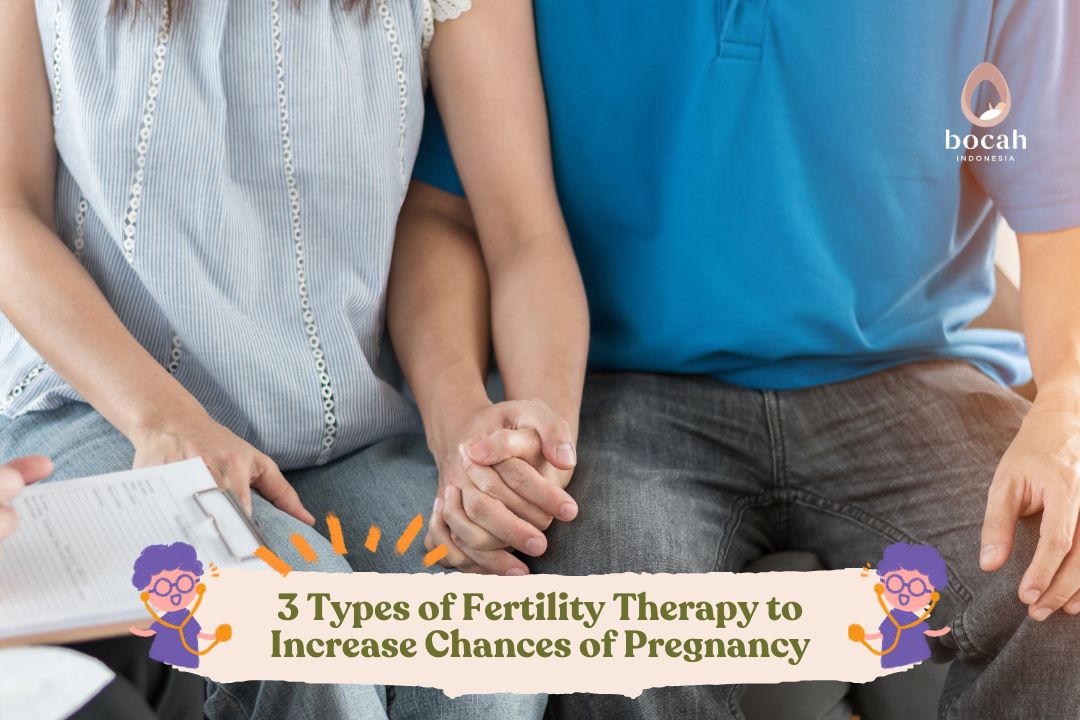7 Types of Sexually Transmitted Diseases in Women

There are many factors that cause sexually transmitted diseases (STDs) in women, ranging from poor hygiene of the reproductive organs to infections.
STDs are not only experienced by men, but they can also occur in women. If this condition is not treated immediately, it can lead to complications. Generally, most women have experienced vaginal discharge, itching, or pain in the genital area. While these conditions are usually normal, in some cases, they may be early symptoms of STDs in women.
Types of Sexually Transmitted Diseases in Women
There are several types of STDs that can affect women of any age.
1. Vaginal yeast infection
One type of STD that women can experience is a vaginal yeast infection. This condition is caused by the natural overgrowth of the Candida albicans fungus in the genital area.
If the fungus grows excessively, it can cause itching in the genital area, pain during urination, and discomfort during sexual intercourse. Additionally, a thick white or yellowish discharge may appear, accompanied by redness, a burning sensation, and swelling of the vagina and vulva.
2. Bartholin Cyst
A Bartholin cyst is a cyst that forms in the Bartholin glands. The Bartholin glands are a pair of glands located on both sides of the vaginal lips. These glands play a role in producing lubrication fluid for the vagina during sexual activity.
This condition can occur when the Bartholin glands become blocked, preventing the fluid from being released and causing a cyst to form.
Usually, this condition does not cause pain unless an infection occurs, which can lead to pain, redness, and swelling around the genital area.
Tanya Mincah tentang Promil?
3. Chlamydia
Another sexually transmitted disease in women is chlamydia. This disease is caused by an infection of the bacteria Chlamydia trachomatis and can be transmitted through sexual intercourse.
Symptoms in women include excessive vaginal discharge with an unusual odor, as well as heavy bleeding during menstruation. Be cautious, as untreated chlamydia can lead to infertility and reproductive organ damage.
4. Gonorrhea
Gonorrhea is another type of sexually transmitted disease in women caused by the bacteria Neisseria gonorrhoeae. This bacterium can cause infections in the mucous membranes of the reproductive system, mouth, throat, eyes, and rectum if transmitted through direct contact during sexual activity.
Symptoms of gonorrhea include painful urination and yellow or green discharge from the vagina.
5. Vulvovaginitis
Vulvovaginitis is a condition characterized by inflammation of the vulva or the outer part of the vagina. Vulvovaginitis can be caused by various factors, such as bacteria, viruses, yeast infections, or chemical irritants.
Symptoms may include itching, pain in the vulva, swelling, redness, and a burning sensation during urination.
The treatment process and medication depend on the cause. If caused by bacteria, doctors will prescribe antibiotics.
6. Salpingitis
This condition occurs in the fallopian tubes, primarily caused by bacterial infection due to risky sexual activity. Inflammation in the fallopian tubes can lead to permanent damage, reducing fertility in women.
Sometimes, salpingitis does not show symptoms. However, if symptoms do occur, they may include:
- Fever
- Dizziness
- Nausea and vomiting
- Increased frequency of urination
- Abdominal or lower back pain
- Colored and foul-smelling vaginal discharge
- Pain during menstruation or sexual intercourse
7. Genital herpes
Genital herpes is a sexually transmitted infection that affects the female genital organs. This disease is caused by the herpes simplex virus, commonly known as HSV. It is usually transmitted through direct contact with the fluid or skin sores of an infected person.
Symptoms include pain, itching, or even blistering in the genital area, painful urination, swollen lymph nodes, and fever. To date, there is no cure for genital herpes. However, doctors may prescribe antiviral medications to reduce the severity of symptoms and prevent recurrence.
How to Prevent STDs in Women
Sexually transmitted diseases in women can be dangerous if not treated properly. However, there are prevention steps that can minimize the risk of contracting these diseases. Some preventive measures include:
- Use condoms during sexual intercourse
- Avoid having multiple sexual partners
- Get an HPV vaccination
- Undergo routine check-ups, such as Pap smears
- Avoid sharing personal items like underwear, towels, or toiletries
- Maintain personal hygiene, especially in the genital area
These are some types of sexually transmitted diseases that women of reproductive age may experience. If you experience any of the symptoms mentioned above, consult a doctor for proper treatment.
Source:
- NCBI Bookshelf. (2006). Overview: Vaginal yeast infection (thrush).
- Workowski, KA., et al. (2021). Sexually Transmitted Infections Treatment Guidelines, 2021. MMWR Recomm Rep. 2021 Jul 23; 70(4): 1–187.










